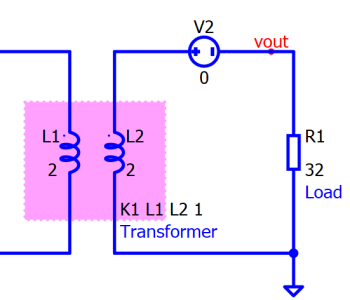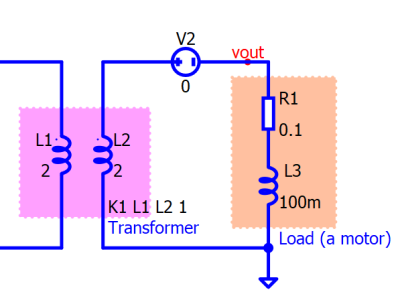Transformer ratings basics
What is transformer rating?¶
A piece of electrical equipment is rated based on how much current it can handle at a particular voltage and its losses. The same applies to transformers also. kVA stands for kilo-Volt-Ampere, which is a unit of power. It is the same as voltage (RMS) multiplied by the current (RMS) without considering the phase of the current and voltage. kVA represents the maximum power that can be supported by the transformer. If the load is purely resistive (φ=0), then kVA=kW as shown in following figure. If the load is reactive, then the real power consumed by the load is always less than the KVA specifications.

Why a transformer rated in KVA not KW ?¶
Transformers are rated in kVA because the nature of the load for a transformer is not known initially by the manufacturer. The load can be reactive with any power factor. KVA rating is generator side rating while KW rating is load side rating.
If the load is already known, e.g., if the transformer is powering only a specific motor (and the power factor of the motor is known), then the power rating of the transformer could be mentioned in kW.
For example, if it is known that a 100-KVA transformer is connected to a resistive load, then the maximum power it can provide is 100-KW.
Reactive loading of the transformer¶
As shown in the following figure (Fig 2), when there is a resistive load, the power is always positive. The power is zero (minimum) when both voltage and current are simultaneously zero. Positive power means that the load is dissipating the power and it is not giving back the power to the transformer.

Since the power is always positive albeit sinusoid. In this case, the average power consumed by the load is 147W.

When there is a reactive load added to the transformer, some of the power is negative. This means that the power is getting back into the transformer. This is because energy-storing elements like capacitors and inductors do not dissipate power like resistors. This storage and retrieval of power are called reactive power.

Since the power is always positive and negative the average is lower than resistive loading. In this case, the average power is near 0W.

The electrical devices used as a source (such as a generator, or transformer) are always rated in kVA because it is unknown whether the load is resistive or reactive. In short, the power factor of the load is not known.
However, the electrical devices that act as the load (e.g., motors) are rated in kW because the power factor is known to the manufacturer. These devices are connected to the end of any power line.
Read more about reactive power and power factor - Power factor and PFC.